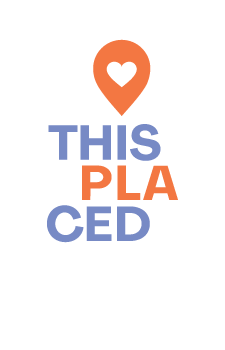Europe is a continent with plenty of different landscapes and cultures. At a regional level, key features like territory, natural & human landscape, cultural heritage, architecture, folklore and myths, are the main elements that play a role in the definition of a particular cultural identity and of a specific territorial imagery.
While some European regions (mainly linked to major touristic destinations) are very well characterized in terms of valorisation of their cultural identity due to their distinctive cultural imagery, there are still many other underrated regions across the continent whose regional identity is not as clear nor consolidated to the outer world.
These areas are generally peripheral ones, far from the most popular touristic routes and major cultural initiatives; nevertheless, they cherish authentic gems in their cultural heritage that may be brought to light through adequate valorisation.
In this context, the current proposal fixes as a general objective to enhance a more authentic narration of certain "peripheral" places of European culture, giving expression to the authenticity of certain cultural imageries coming from different EU countries and relating them to each other. In particular, the project is aimed at the reconstruction of authentic cultural imageries linked to regional areas and landscapes by addressing their key features from both tangible and intangible heritage. The current proposal addresses the INNOVATION objective of the Creative Europe Programme because it pursues its general goal by establishing new, ground-breaking collaboration patterns among cultural actors at many levels:
Firstly, it intends to valorise underrated cultural regions in the EU primarily through international networking, mutual cooperation and cross-cultural exchange in arts & culture;
Secondly, the research around the consolidation of regional imageries builds on the work of both contemporary artists and cultural operators like museum staff, curators, touristic guides. The dialogue between these different professional profiles establishes a strong link between cultural heritage and contemporary art, enforcing the idea that cultural identities shall be enhanced through a stable and continuous communication between the past and the present. These mechanisms can potentially bring great innovation in the cultural heritage sector because they imply that cultural identities emerge stronger at individual level when communicating with each other and when analysed under a variety of different perspectives.
When it comes to the Programme Priorities, the proposal meets the following ones:
- Audience: the project aims to improve the audience’s access to poorly-known cultural heritage that is currently undervalued and sometimes even hardly accessible. Thanks to the project activities, the number of people that will be able to know and appreciate each distinctive cultural heritage will be greatly enlarged also and especially at transnational level. Moreover, local audiences in peripheral areas will also be directly involved in the co-creation process of cultural imagery through tailored participatory activities. In sum, the project focuses on audience as it aims to attract larger interest in the project's cultural landscapes, and also to lay the ground for increased participation in territorial-based cultural initiatives both as spectators and as active agents.
- New technology: the project is considerably focused on the exploitation of new technologies in a twofold process. On the one hand, digitization of cultural heritage is handled as an opportunity for cultural operators to improve their knowledge of the peripheral territories as well as their personal skills in the cultural sector market. This is reflected in the completion of an online training course on cultural heritage promotion and by contributing to the creation of digital cultural Atlantes of the project territories. On the other hand, digitization is used as a key means to drive peripheral territories out of their cultural isolation by making their distinctive features accessible and understandable for a diversified audience at transnational level.







